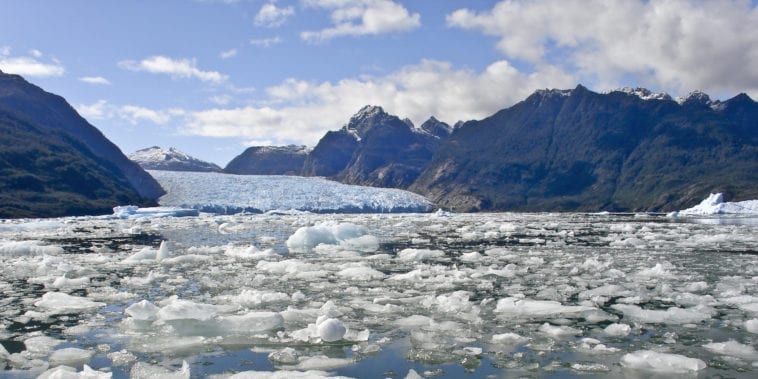Previously, we talked about sinking places. Rising sea levels leading to many places worldwide is one of the worst climate crises in our time. And what causes this sinking is also a greater threat to our world – melting ice caps.
What are Melting Ice caps?
Ice caps come in different forms. First, a glacier is a thick layer of ice and snow that covers large areas of land. On the other hand, the ice sheet is a block of glacial ice covering more than 50,000 square kilometers. Additionally, the ice field is an interconnected series of ice caps and glaciers. Nunataks, areas where just the summits of mountains penetrate the ice, often punctuate ice caps and ice fields.

According to William Eubanks of Green and Growing, melting ice caps describe the event wherein glacial ice, typically found in polar regions, is melting due to rising global temperatures.
Areas Where There Are Melting Ice caps
Worldwide, ice caps are on meltdown. From the Arctic to the Antarctic, from Europe to Asia, giant masses of ice fields, monstrous glaciers, and sea ice disappear at an alarmingly fast rate. Here are some places where melting ice caps harm both humans and the environment.
Greenland
According to NASA, the Greenland Ice Sheet, an area almost as big as Alaska itself that spans 660,000 square miles and as thick as almost 2 miles, is one of the most dangerous places to melt down. This ice sheet melting down can raise the world’s oceans by more than 20 feet. NASA scientists have observed how Greenland fell out of balance in the 1990s. It now melts down ice faster in the summer melt season than it replenishes in the winter.
In particular, in 2012, 97 percent of the Greenland Ice Sheet melted down at its top layer. Then on August 1, 2019. 12.5 billion tons of ice fell – the largest amount of ice ever lost on a single day.
Antarctica

Antarctica is the coldest place on Earth which makes it inhabitable for the human populace. Only scientists live there at select periods of the year. But wildlife such as polar bears, seals, and penguins thrive in this icy land. Tragically, melting ice caps on Antarctica cause these animals so much danger.
The Antarctic Ice Sheet is a massive chunk of ice with an area larger than the United States and India combined. With 5.4 million square miles, this has enough ice to raise the ocean level by about 190 feet. The Transantarctic Mountains split Antarctica into two major regions: West Antarctica and the much larger East Antarctica.
Oceans around the West Antarctic Ice Sheet, which largely rests on a bed that lies below sea level, cause the meltdown. NASA says, “The waters of the Southern Ocean are layered: on top and at the bottom, the temperatures are frigid, but the middle layer is warm. The westerlies, the winds that spin the ocean waters around Antarctica, have intensified during the last decade, pushing the cold top layer away from the land. This allows the warmer, deeper waters to rise and spill over the border of the continental shelf, flowing all the way back to the base of many ice shelves. As the ice shelves weaken from underneath, the glaciers behind them speed up.”
Alaska
Thawing permafrost led to disappearing glaciers of more than 15 feet (4.6 meters) in several parts of Alaska. Alaska is heating up twice as quickly as the rest of the US.
According to NASA’s GRACE Satellite, Alaskan glaciers, such as the Muir Glacier, lost forty-six gigatons of ice on average each year from 2003 to 2010.
Then in 2019, Alaskan sea ice completely melted away.
Longyearbyen, Norway
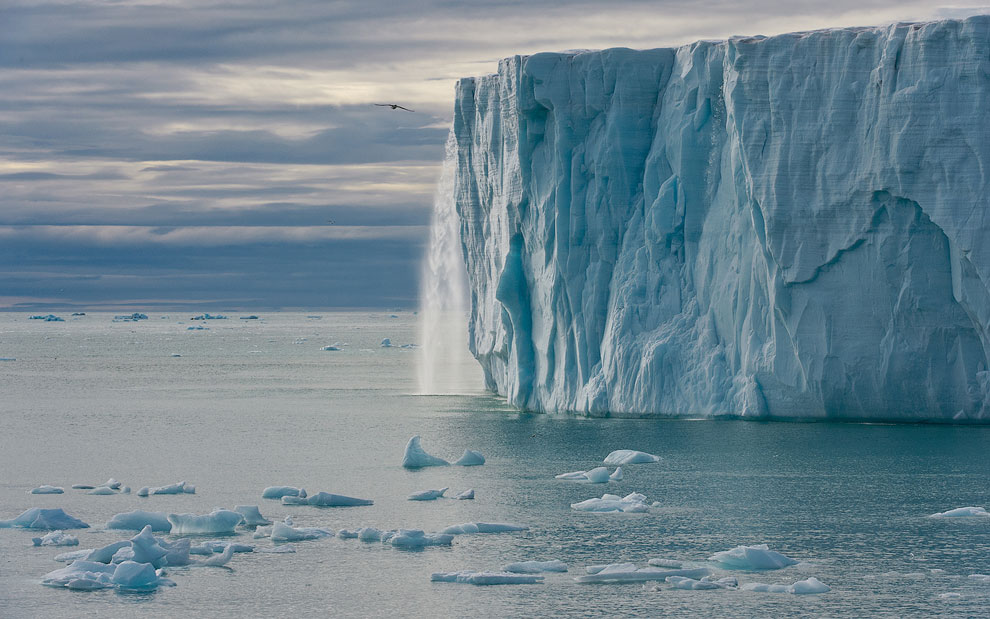
Situated alongside Norway’s largest ice caps, Austfonna, in the Svalbard archipelago, the village of Longyearbyen has experienced a lot of changes in its icy landscape. Austfonna glaciers melt at a rate of about 49 meters (160 feet) every year.
Scientists predict that the Arctic summer could be completely ice-free by the end of the century.
Grosser Aletsch, Switzerland
This Swiss glacier is over 14 miles (23 kilometers) long. But it lost about 2 miles of length since 1870.
Iceland
According to Columbia University’s State of the Planet, since 2000, Iceland has lost 750 square kilometers of glaciers—more than four times the District of Columbia’s size. Icelanders feel so much concern over losing their glaciers that they even held a funeral held for the country’s former Ok glacier in 2019.
Canada
Forbes reported that the last fully intact ice shelf in the Canadian Arctic – the Milne Ice Shelf, which is bigger than Manhattan – collapsed, losing more than 40 percent of its area in just two days at the end of July 2020.
Italy
In 2020, a huge portion of a Mont Blanc glacier – the equivalent size of Milan cathedral – was at risk of collapse, so the government organized an evacuation of the residents of Italy’s Aosta valley.
Chacaltaya Glacier, 2007
Chacaltaya Glacier near La Paz, Bolivia, has stood for 18,000 years. It was the world’s highest ski area, at 5,260 meters (17,250 feet). But in 2009, this disappeared completely.
It is a shame for skiers and Bolivians to witness the glacier’s decline from slopy ice wonder into a boulder field.
Andean Glaciers
Andean glaciers shrink by nearly three feet annually since 2000. These cover everything from the small icy regions of Colombia and Venezuela in the north to Patagonia’s glaciated expanses in the south. Ninety-eight percent of Andean glaciers have shrunk this century. So much so no other mountain region in the world has more ice (relative to its size) than the Andes.
A 2009 World Bank study predicts that most Andean tropical glaciers will disappear within 20 years. The fastest-melting glaciers on the continent are the south Patagonian ice fields. Together with the northern Patagonian ice fields, these regions account for 83 percent of all ice loss in South America.
Melting ice caps threaten the water supply, agricultural irrigation, and hydropower production in Bolivia, Peru, Chile, Ecuador, and many parts of South America.
Mount Kilimanjaro, Tanzania
Mount Kilimanjaro, Tanzania, is Africa’s highest point. This volcano caps with an ice cap (the Furtwangler glacier). Tom Knudson reported in 2010 that Kilimanjaro has already lost 84 percent of its ice since 1912, and what’s left is not expected to last more than a couple of decades.
Himalayas
The Himalayas are one of the most sacred and beautiful parts of the planet – the so-called “roof of the world.” But their beauty is threatened by the shrinking of glaciers, so much so that researchers believe that most central and eastern Himalayan glaciers could virtually disappear by 2035.
The ones who understand the impact of the melting Himalayan ice caps are not the scientists but the sherpas and mountain climbers. Sherpas and the climbers who often return experience changing temperatures at high altitudes in recent years and the thinning of the snow and ice on the massive Himalayan glaciers.
Causes of Melting Icecaps
Many factors lead to melting ice caps. Here are some that experts have concurred upon years of research and observation of the world’s glaciers and ice structures.
Warming oceans
David Carrington, Environment Editor of The Guardian, wrote that almost all the ice loss from Antarctica and half of that from Greenland arose from warming oceans. The rising ocean temperatures meltdown the glaciers, which leads to speeding glacial flow that dumps more icebergs into the ocean.
According to World Atlas, oceans absorb 90% of the Earth’s total warmth. Sea ice floating in the ocean naturally melts from the high temperatures. This phenomenon happens to the marine ice sheets located near the two global poles and along the coasts of Alaska.
Burning fossil fuels
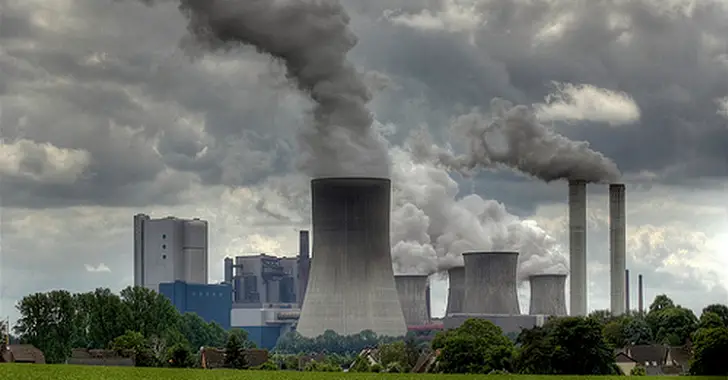
Burning fossil fuels, with all the carbon emissions, heat up the world’s atmosphere. Burning fossil fuels such as coal, gas, and oil causes some of the melting of ice caps, particularly in Greenland.
Oil and gas drilling
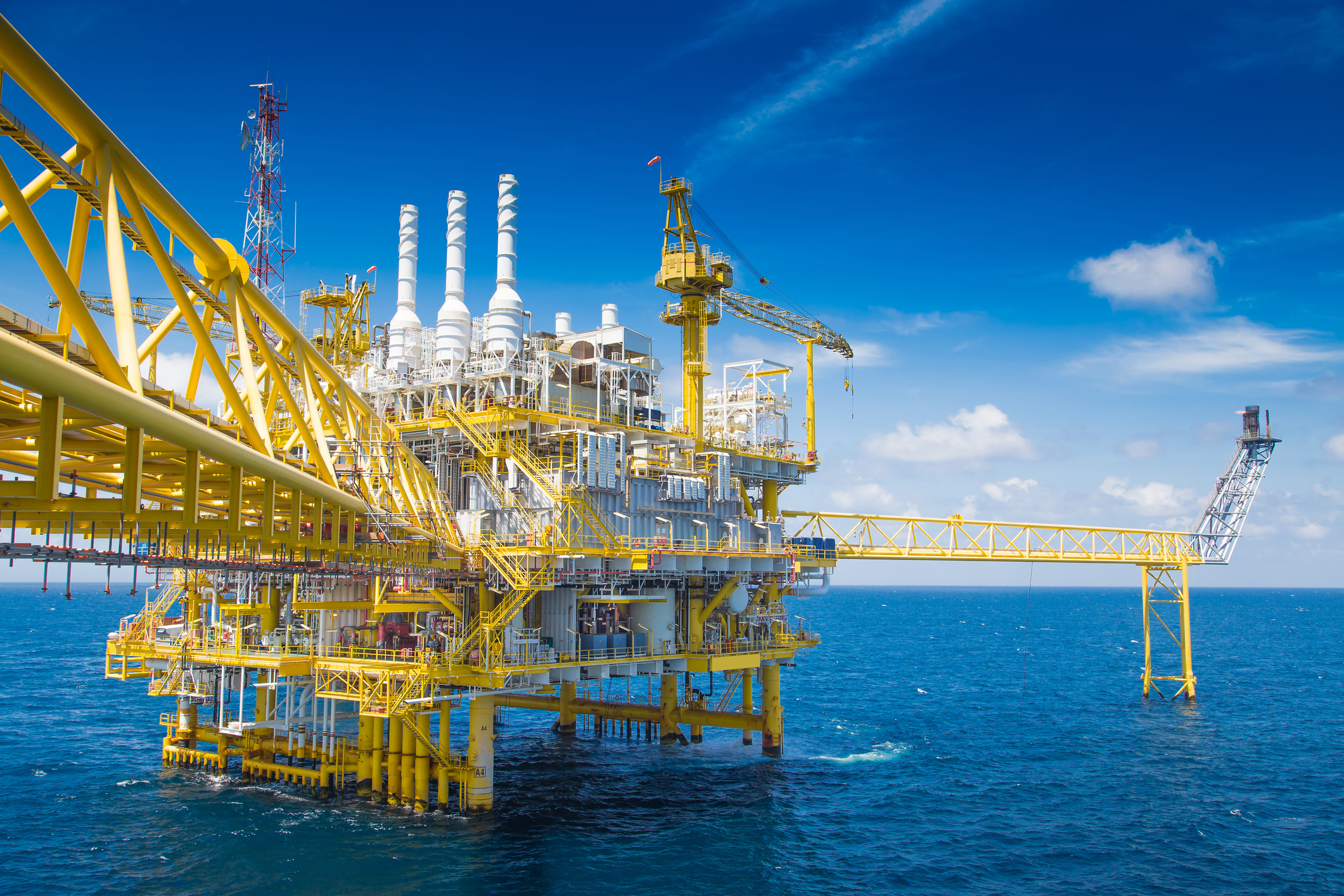
Another possible factor in melting ice caps is drilling oil and gas operations. Aside from the fact that the oil and gas extraction process emits Methane, a dangerous greenhouse gas, drilling also damages the balance of the earth and land where they work on. This is why many indigenous and social activists protest against drilling in the Arctic region.
Deforestation
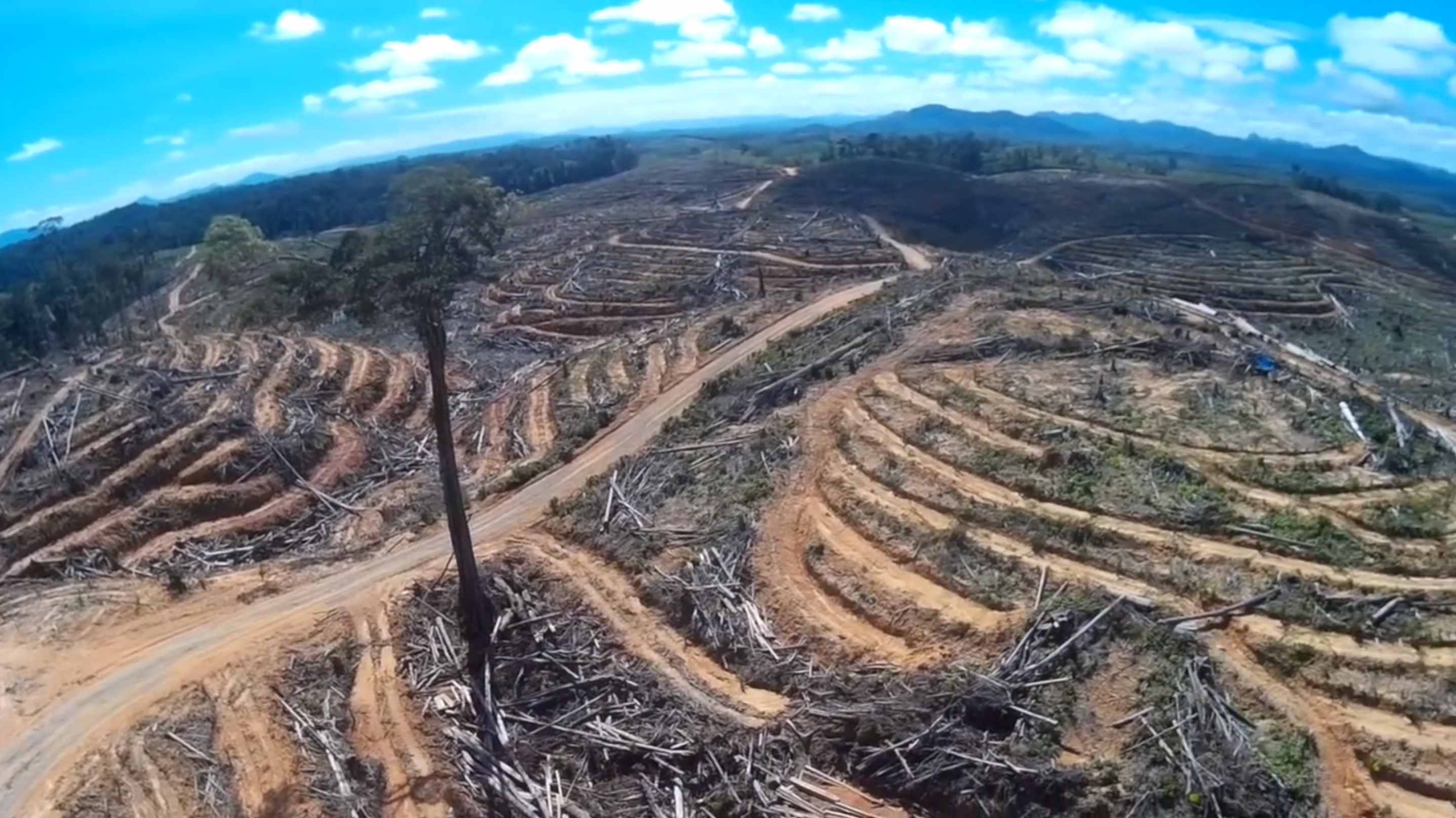
Additionally, deforestation is also a cause of the melting of ice caps. Cutting off trees can have adverse effects such as rising sea levels, an increase in carbon emissions – both of which lead to melting ice caps.
Effects of Melting Icecaps
Melting ice caps are dangerous to every living creature on Earth because they imperil life itself. Here are the effects we currently suffer from the global ice meltdown.
Extreme Weather
Glacial melt affects the weather patterns around the world. Due to the rise of sea levels, storms, hurricanes, and typhoons happen more frequently and violently than ever before. Melting ice caps even slow down oceanic currents, which lead to extreme weather occurrences throughout the globe.
The World Wildlife Fund says, “As this glacial and sea ice melts, darker patches of the ocean start to emerge, eliminating the effect that previously cooled the poles, creating warmer air temperatures and in turn disrupting normal patterns of ocean circulation. The glacial melt we are witnessing today in Antarctic and Greenland is changing the circulation of the Atlantic Ocean and has been linked to collapse of fisheries in the Gulf of Maine and more destructive storms and hurricanes around the planet.”
Flooding and Rising Sea Levels
According to the University Corporation for Atmospheric Research, sea level rises about 1-2 millimeters each year as the Earth has become warmer. This causes the sinking and flooding of many coastal areas around the world. This phenomenon is exacerbated by the meltdown of ice caps which pour fresh water into the world’s oceans.
Rising sea levels endanger the human communities in coastal areas and low-lying lands. This also causes a great deal of damage during natural disasters.
Biodiversity Loss
Aside from humans, animals are also in danger due to melting ice caps. Many animal species such as penguins, polar bears, wolves, and seals depend on icy habitats (ice caps and glaciers). They live in specific conditions such as cold temperatures and icy landscapes. Even air-bound creatures such as birds rely on ice caps to live. They prey on fish that are found on freshly melting glaciers for them.
Meltdowns also endanger ocean creatures. For instance, coral reefs may disappear. Since coral reefs need sunlight to process their photosynthesis, when the water level increases due to the melting of glaciers or ice caps, the sunlight cannot reach the coral reefs as it will be too deep. Eventually, coral reefs would die and disappear.
Loss of Freshwater
Glacial melts are a vital resource for many communities in icy areas around the world. The water from glacial melts is freshwater, So when the ice caps meltdown, it becomes a geographical dilemma of water scarcity. The less ice there is, the less water there is for human use, whether for drinking, hydroelectric generation, or irrigation.
What needs to be done?
Given all these alarming consequences of melting ice caps, we need to work together to try to mitigate the effects of the decline of the global ice.
Many debate if humankind can even stop melting ice caps. But there are still possible solutions that scientists and environmental advocates push to try to slow down the meltdowns.
Dr. David Hik of Simon Fraser University in Canada suggested institutional policy changes such as “moratoriums on developing Arctic oil and gas–or both stopping deforestation and active efforts to plant trees and capture carbon in natural ecosystems, forests, wetlands.“
Reduce burning fossil fuels
Reducing our reliance on fossil fuels is one of the most significant suggested solutions to ice cap meltdowns. We can shift to renewable energy like wind and solar power.
Governments can implement carbon taxes to reduce carbon emissions.
For individuals, they can choose to burn less trash since burning anything emits greenhouse gases into the air.
Protecting forests
In addition to that, we should work towards conservation and restoration of the forests should also be done because saving the worldwide rainforest can play a significant role in returning the balance in the planetary ecosystem.
States worldwide should implement more laws that protect trees and wildlife and focus on reforestation to revive dying forests.
Increase Iceberg Thickness
Some scientists even propose a labor-intensive process. They suggest increasing the thickness of the glaciers by collecting the ice from below the glacier through wind-powered pumps function to spread it to the upper part of the ice caps to freeze again.
Artificial Icebergs
Then there are also artificial Icebergs. Here, scientists collect the water from melted glaciers and refreeze it to create large hexagonal ice blocks.
Eventually, the melting ice caps are such a huge problem that they can’t be taken down by just one. The world’s needs are the international community’s cooperation and communal efforts to make life more sustainable and less harmful to the environment. All of us have a stake in our world’s future – from governments, massive institutions, businesses to individual persons.

